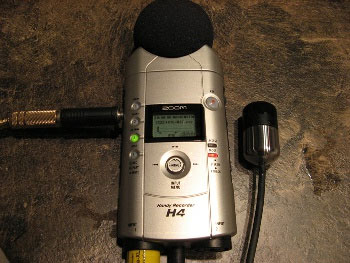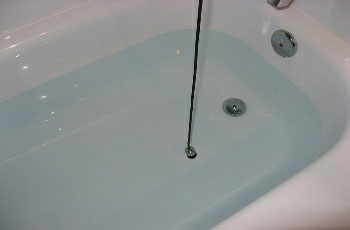Stay Up To Date With Us!
We will never spam you or share your email address.
Game Sound Design Strategies
GSD StrategiesCheck out the gamesounddesign.com strategies when you are feeling creatively uninspired. Each random strategy will present you with a new avenue to pursue. Give them a try!
Game Sound Design Glossary
GSD GlossaryOur game audio glossary has all the sound terms you have been wondering about. Game audio can be confusing enough without having to deal with a new technical language. We are constantly updating the database with new terms that relate to not only game audio but game developer terms as well.
How To: Hydrophones
Article by George Spanos
Hydrophones can provide some really interesting underwater recordings. Often bordering on the abstract, you can always get some new sounds from old techniques.
What is a hydrophone?
A hydrophone is essentially a microphone that can be used underwater. Much like a contact microphone, hydrophones are often made from a piezoelectric-type transducer. When submerged into water the hydrophone converts sound pressure waves into electrical signals that can be recorded. There are many scientific uses for hydrophones and they are often used by marine biologists to listen to whalesongs and dolphins.
It is possible to use a normal dynamic microphone to record underwater sounds but the results are often not as crisp and clear to listen to. A common technique for submerging a dynamic microphone in water is to secure a non-lubricated condom to the part of the microphone that is underwater. Because water and electricity don't often mix, be careful when trying this or you'll end up with a blown mic!

Ok, so now that the basics are covered where you may ask can one acquire one of these underwater recording devices? I used the Aquarian Audio Products H2A-XLR for the following recordings. The device itself is very light but heavy enough to not move around in water, which is important or you will pick up noise from the microphone cable.

The hydrophone terminates in a balanced XLR which can interface with any recording device that can supply +48V of phantom power. I used my handy Zoom H4 which I find is the most portable and quick to set-up piece of recording gear I own. Sure, the screen is small but if you monitor your recordings carefully through headphones that should not be a problem.
I was inspired to make these recordings from a blog post I read over at Noise Jockey. Nathan made some great recordings that you can hear via this link.

Ok, so now for the fun stuff... read on!
Metal Springs
In addition to recording underwater sounds, a hydrophone can be used as a contact microphone. I found the H2A to be really sensitive and excellent at picking up minute details when used as a contact mic. This is a recording of thin metal strips being banged and scraped against a metal surface. Lots of nice detail that when pitched down can make for some interesting effects.
Larger Than Life Water Drips
For this next recording I attached to hydrophone to a long metal pole and dipped it into a bathtub filled with water. The result? Huge sounding water drops... add some reverb to these and you've got an interesting sound...
More Metal Springs
For this next sound I submerged the hydrophone into a tub filled with water and recorded a slinky being dipped into the water. The effect could definitely be used as some alien cricket sounds!
Running Water
What hydrophone recording session would be complete without some running water? What follows is the mic being suspended under running tap water which produces an interesting gurgly water sound.

